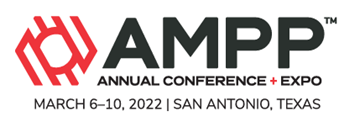Search
Characterizing Corrosion On AA-7075 Through Alternative Cleaning Methods And Optical Profilometry
Also Purchased
Coatings To Regulate Scaling In Geothermal Applications
Product Number:
51322-17547-SG
Publication Date:
2022
$20.00
Characterization Of The Surface Chemistry At Corroded And Non-Corroded Sites On Aluminum Alloy 7075-T6 Samples Exposed At Coastal Locations
Product Number:
51322-17642-SG
Publication Date:
2022
$20.00
Characterization And Further Development Of Austenitic Stainless Steel UNS S20910 Towards New Industrial Applications
Product Number:
51322-17648-SG
Publication Date:
2022
$20.00




